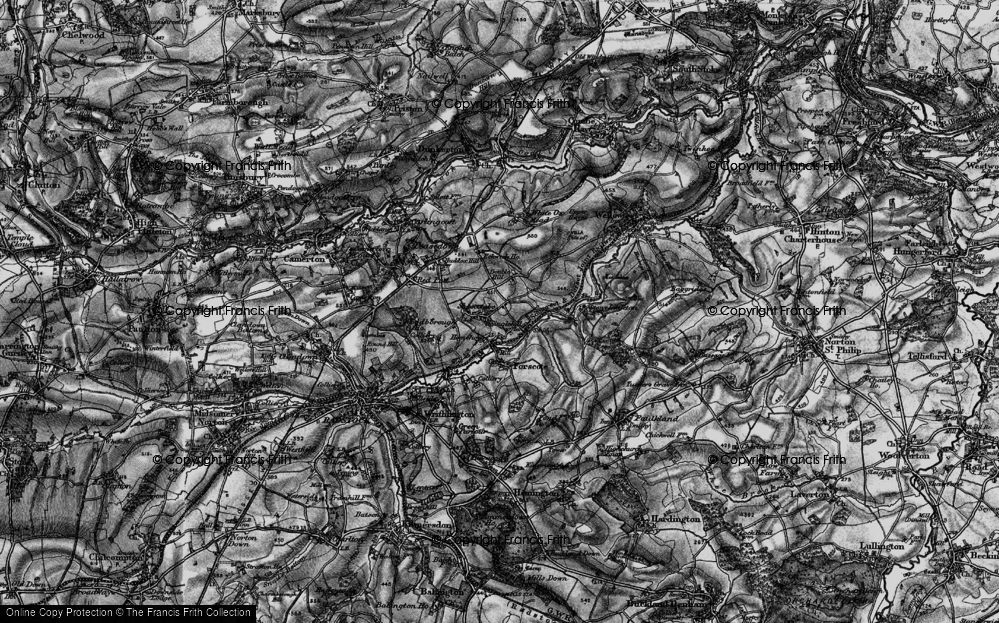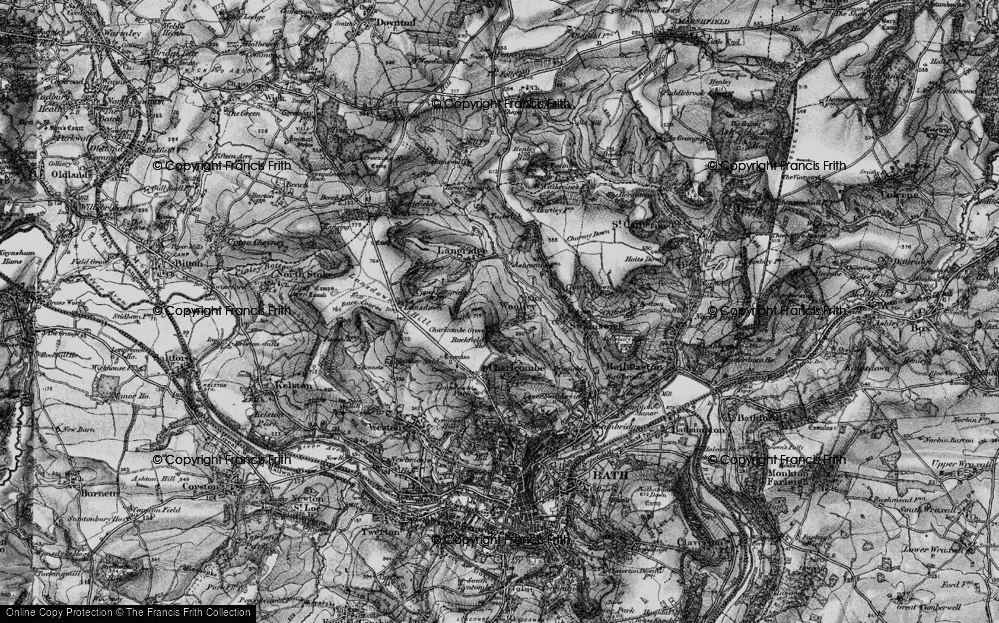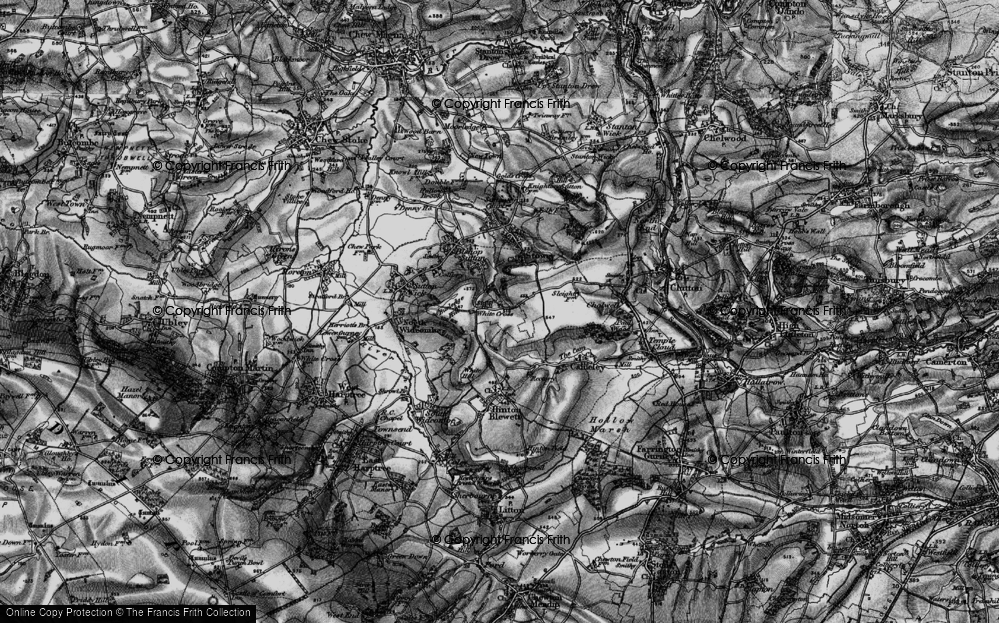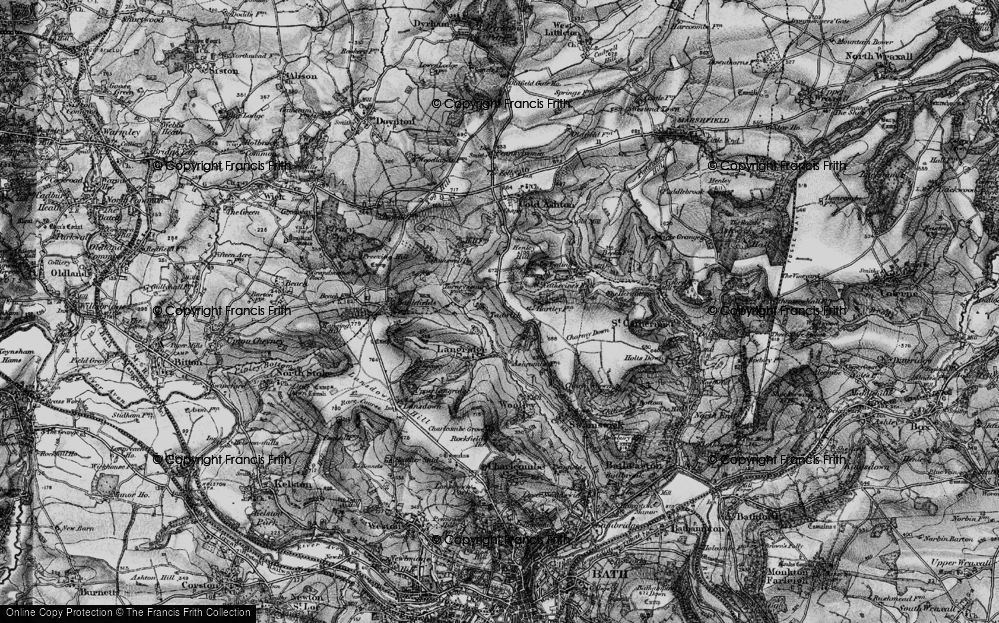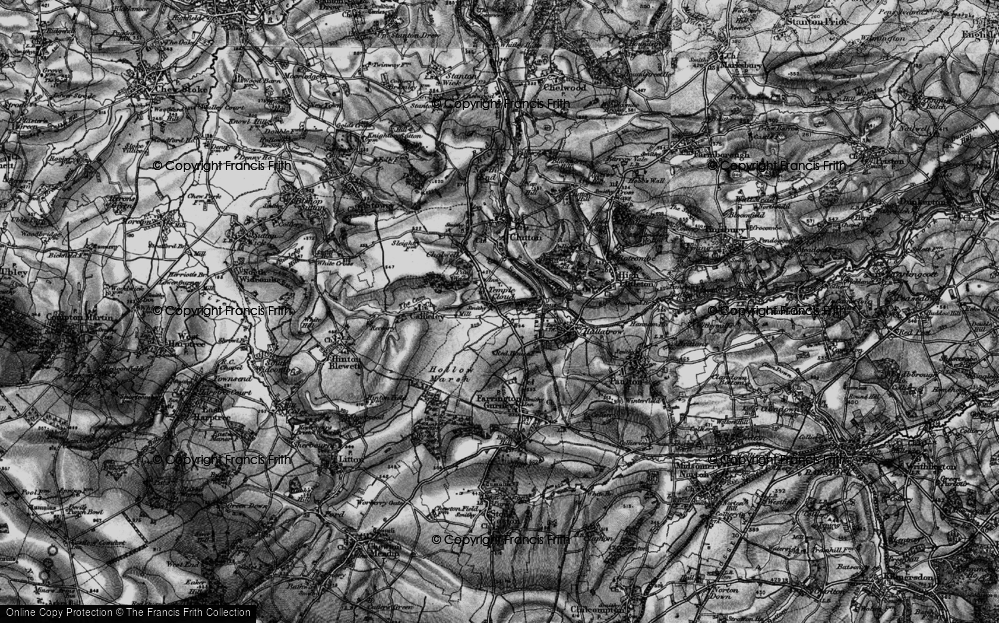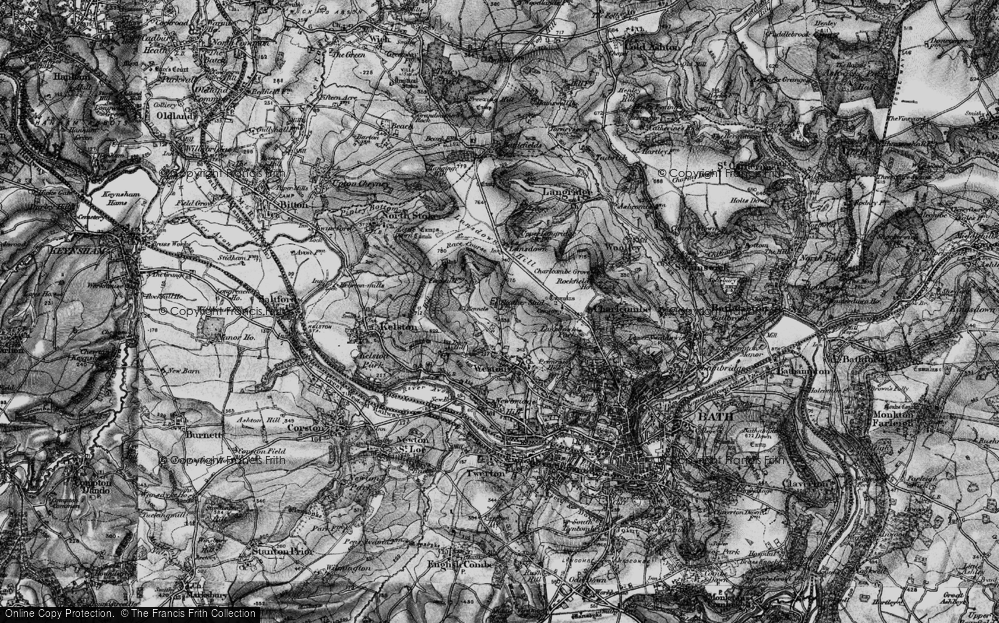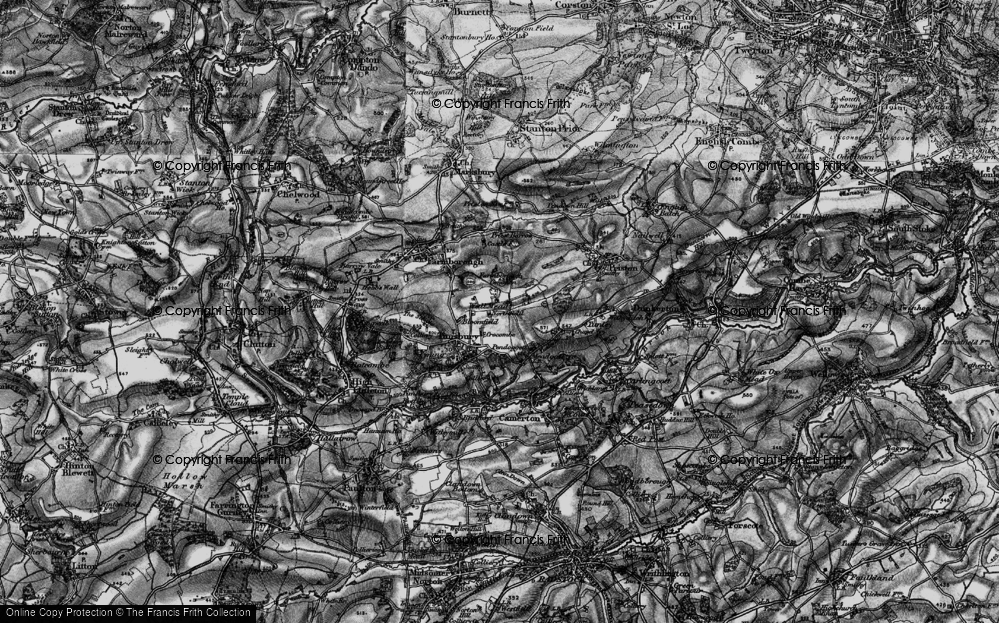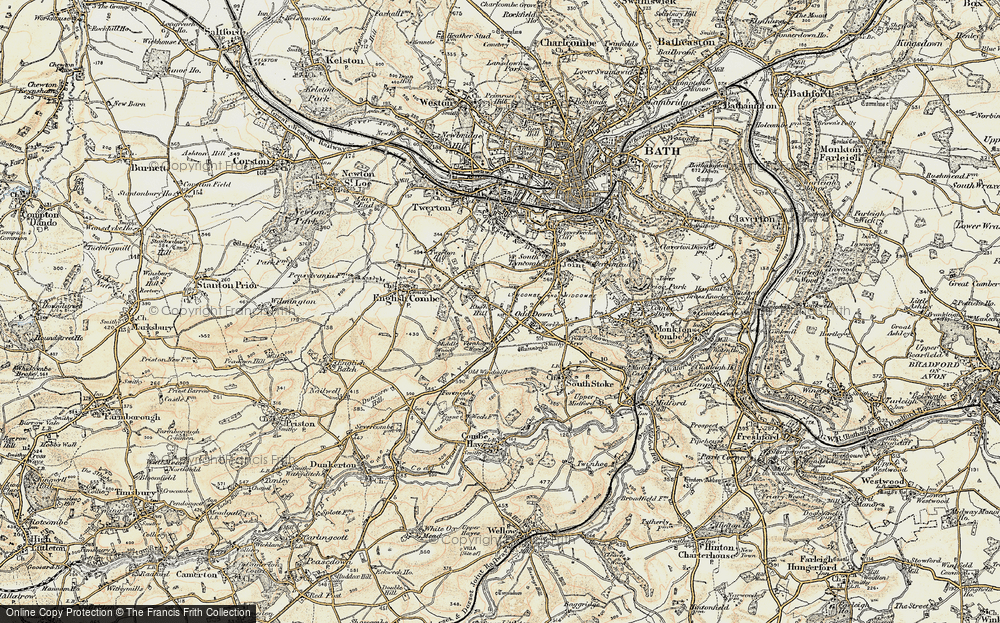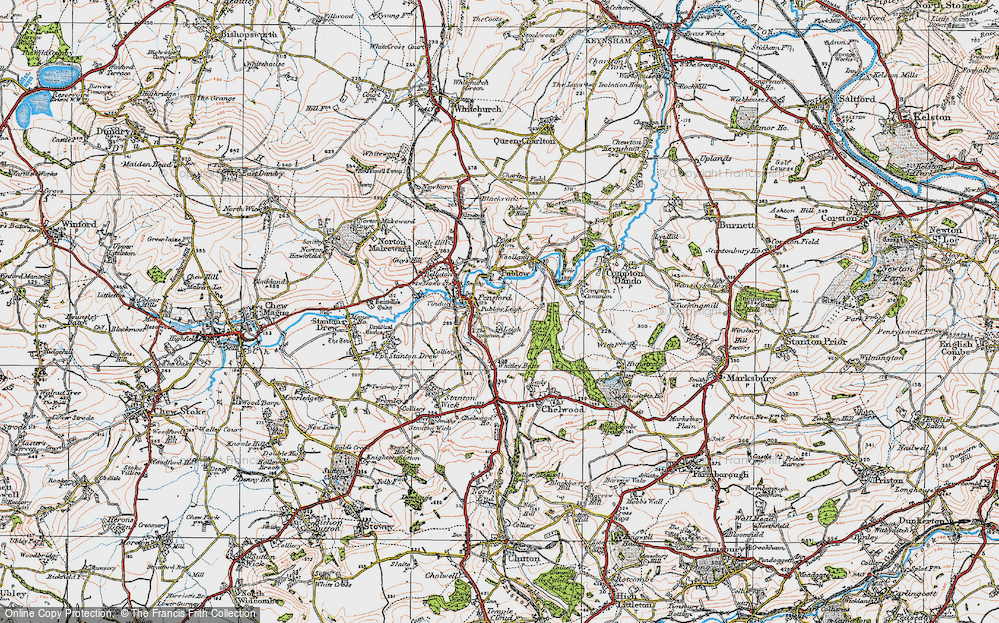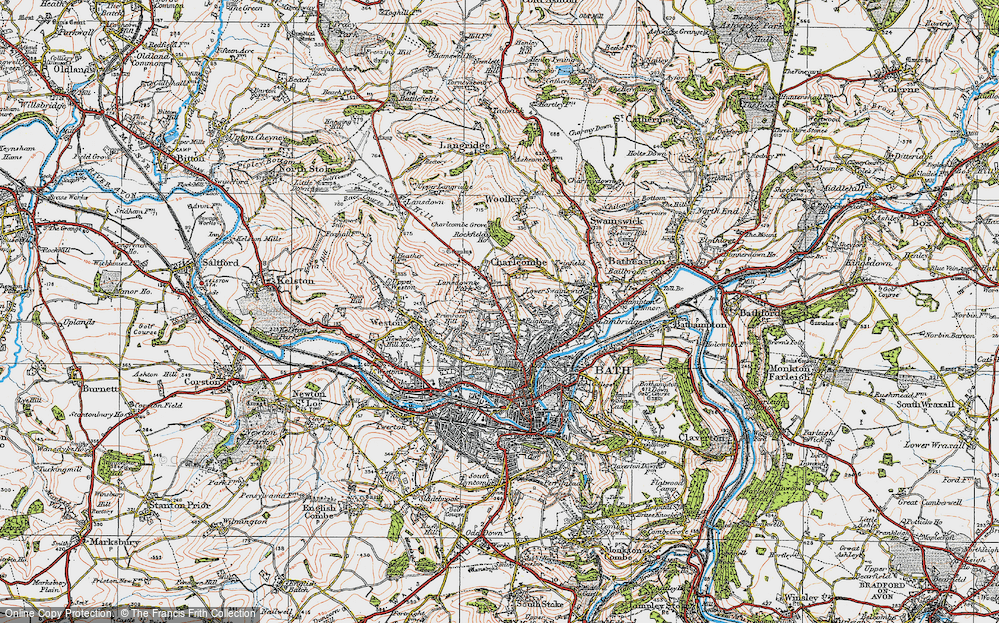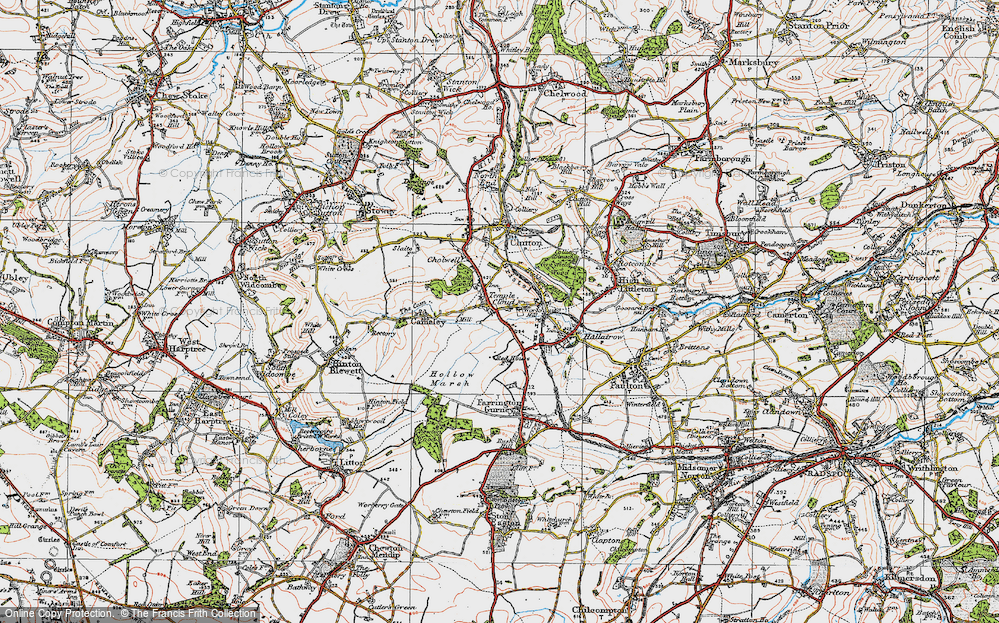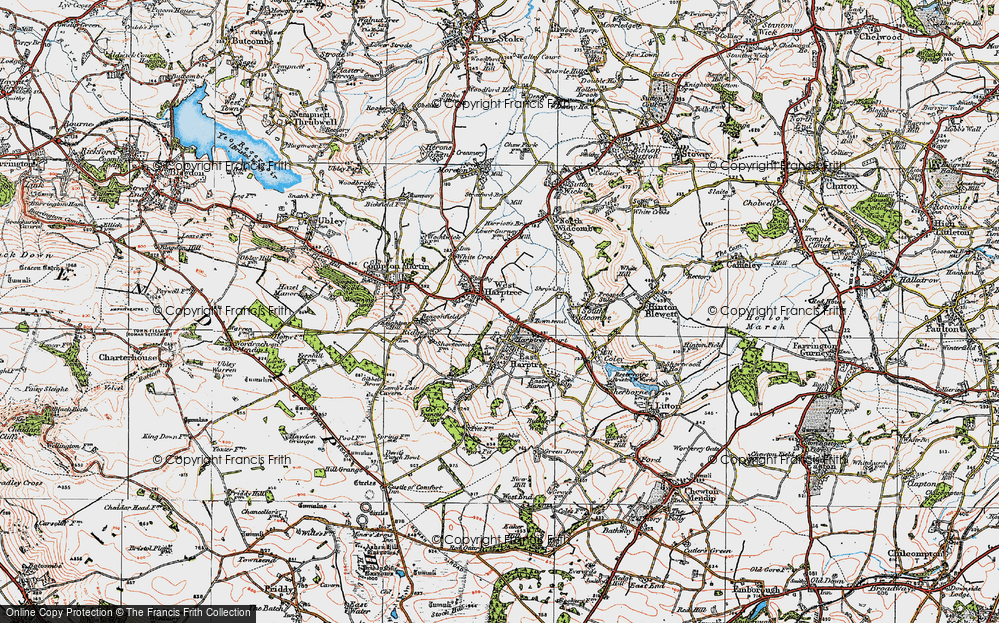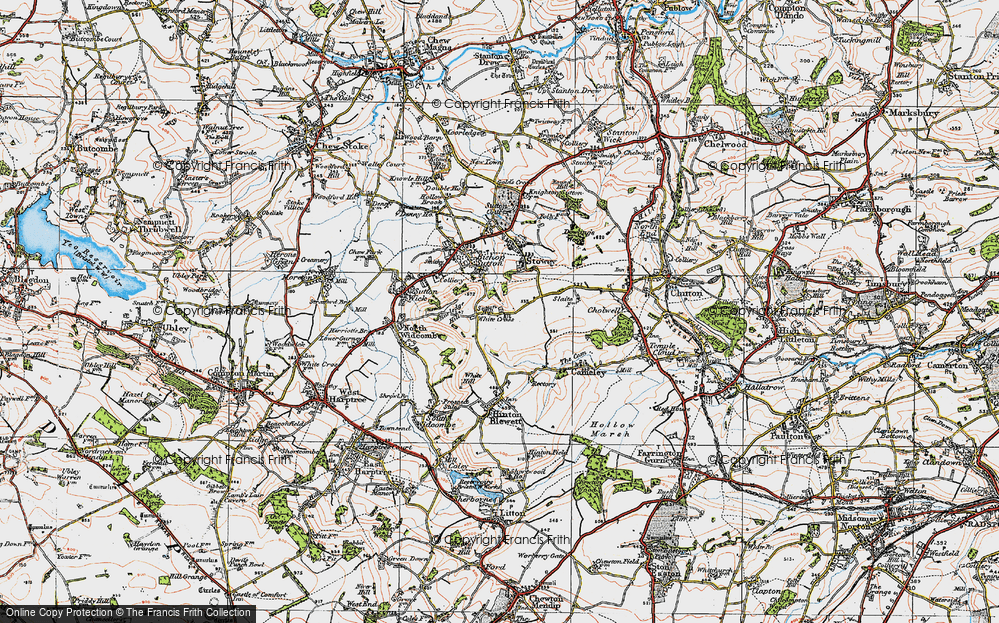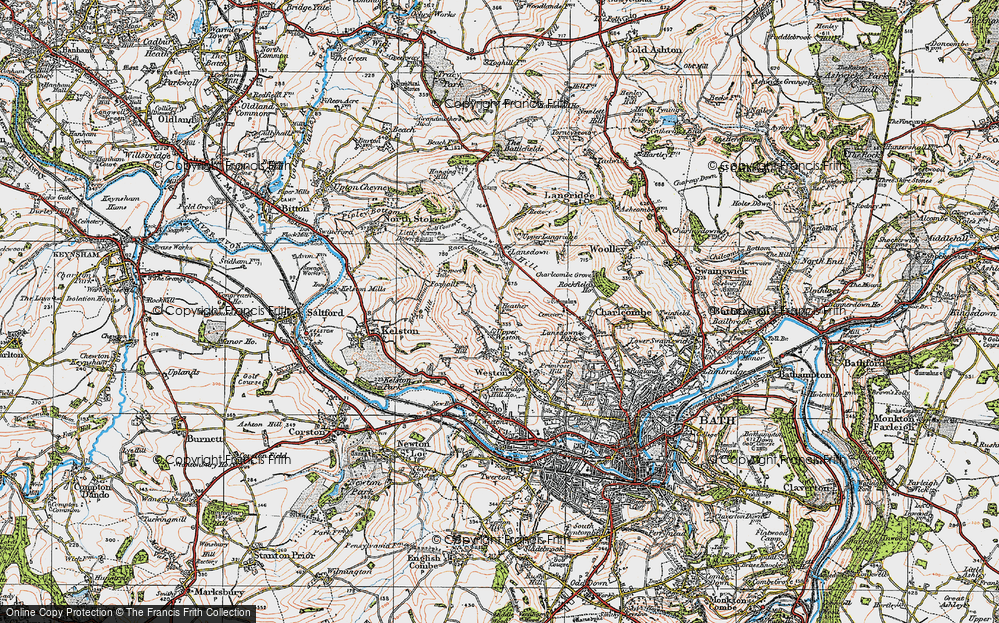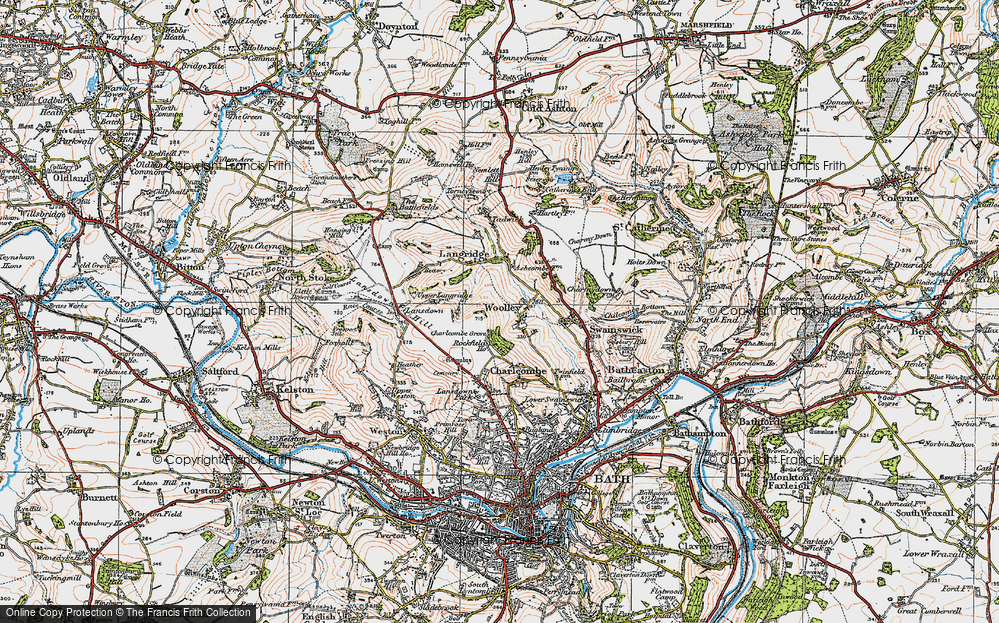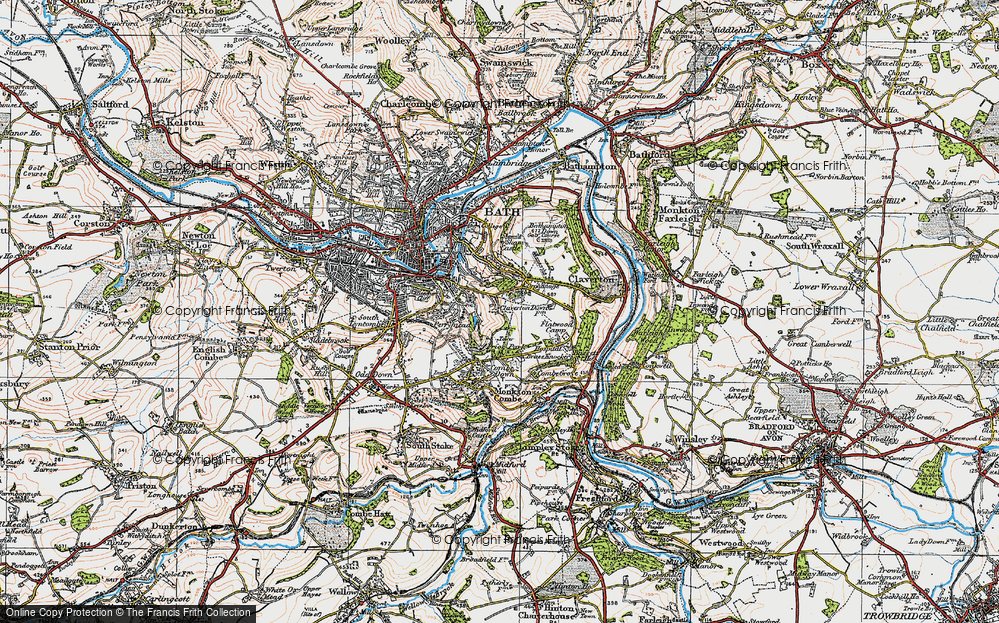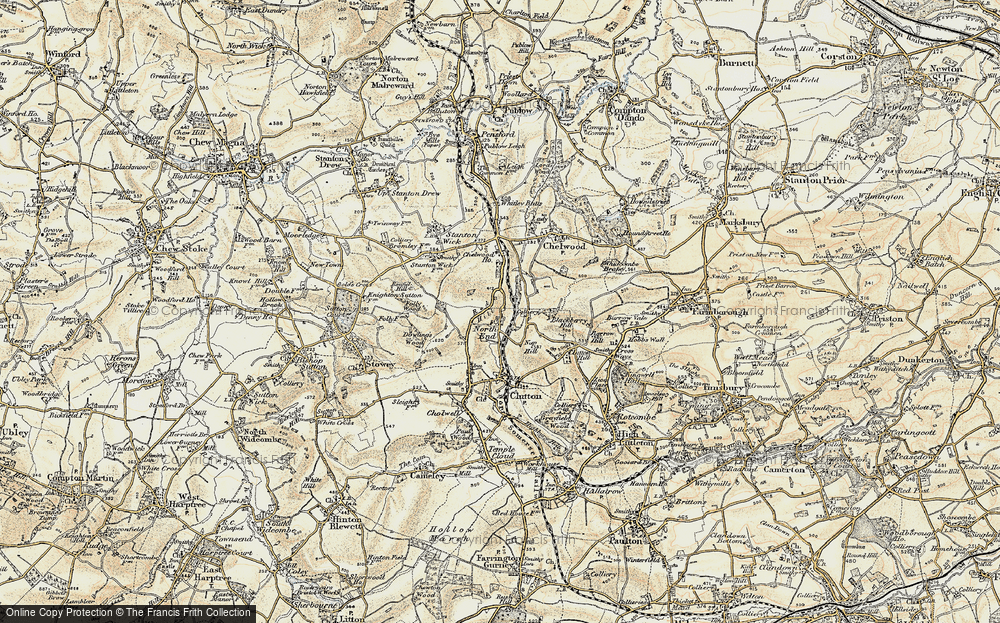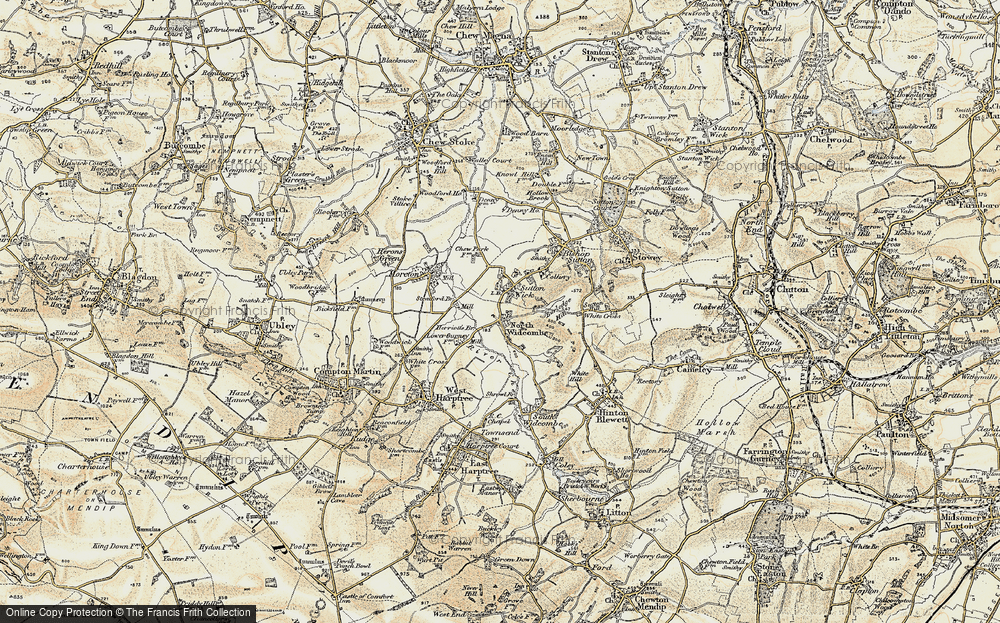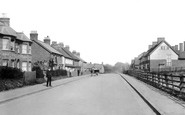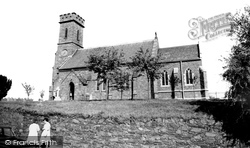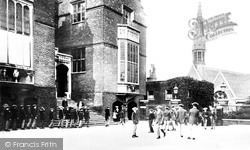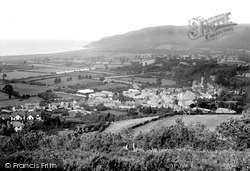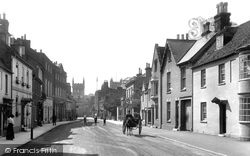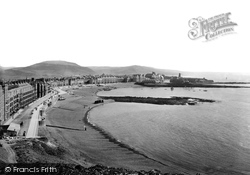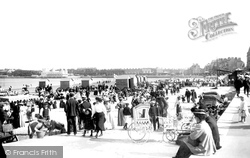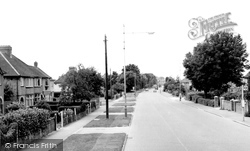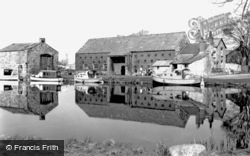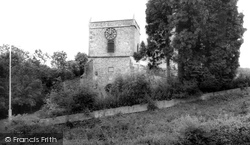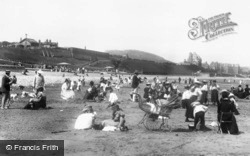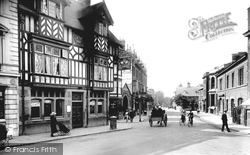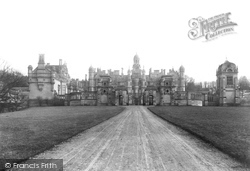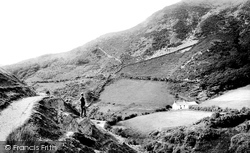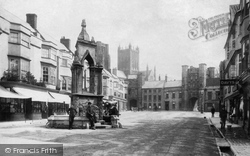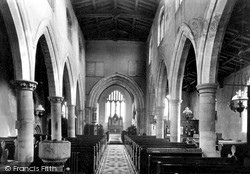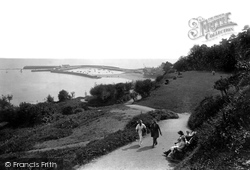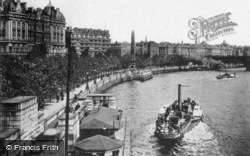Places
Sorry, no places were found that related to your search.
Photos
134 photos found. Showing results 581 to 134.
Maps
896 maps found.
Books
3 books found. Showing results 697 to 3.
Memories
540 memories found. Showing results 291 to 300.
Rothesay In Wartime
My father, 'John' Johnson, was a chaplain in the Royal Navy from 1943-46. He was based on HMS Cyclops, the submarine depot ship, in Rothesay harbour The family accompanied him to Rothesay and we lived at 2, Desmond Bank for a ...Read more
A memory of Rothesay in 1943 by
Lovely Memories Of Godstone
My Mum and Gran came to Godstone with me as a baby, we moved from Croydon because of the Second World War. My granddad, Alfred Sreatfield, now dead, had helped to build 13 Salisbury Road. I was christened at St ...Read more
A memory of Godstone in 1944 by
Mom And Dad
My mom and dad were married in the congregational church in Wonersh she was a war bride and her maiden name was Leigh. She married a Canadian soldier in June of 1944. My sister Barbara was born in England and my mom and sister ...Read more
A memory of Wonersh in 1944 by
Woolacombe Bay Hotel
I was a boarder at Adelaide College, while my father lived in London, my mother worked at Montebello Hotel. I recall the town then was crowded with American service people, who as I can remember were very generous with ...Read more
A memory of Ilfracombe in 1944 by
War Time
During the WW2 war my dad was posted at R A F Finningley and we his family lived in the village at a small holding across the road from the school. I can still see in my mind Wilf the owner who lived there too with his wife. Also the ...Read more
A memory of Finningley in 1945 by
Childhood Memories
I first visited Weymouth as a small child during the second world war to see my rather strict widowed maternal grandmother who lived at 10 Carlton Road South, within walking distance of the beach. I particularly recall the ...Read more
A memory of Weymouth in 1945 by
Leaving School
So! Back to 11 Woburn Place, back to school on Hope Chapel Hill back to Hotwells golden mile with its 15 pubs. The War was still going on but there was only limited bombing and some daylight raids, the city was in a dreadful ...Read more
A memory of Bristol in 1945 by
Futers Family
Hello. My grandparents and family lived at No 5 Whitehall Street opposite from West Park. The houses were originally `well to do` and had been transformed into upper and lower flats. The fronts had bay windows. I remember the ...Read more
A memory of South Shields in 1945 by
A Long Happy Association
My family has had a long association with Dymchurch since the 1890s, first at Barn House and later at Grantchester Cottage in Sycamore Gardens. Six of my family are buried in the churchyard and two are named on the war ...Read more
A memory of Dymchurch in 1946 by
The Son Of A Preacher Man
1946 to 1951 - my father was the vicar at St Nicholas Church. The vicarage was a huge place in nearly two acres of land, with a quarter of it wild and rambling. Loads of trees and bushes to make a delightful ...Read more
A memory of Thames Ditton in 1946 by
Captions
870 captions found. Showing results 697 to 720.
The church, which dates from 1840, lies to the south of the castle motte, and close to the busy A50 bypass.
The village overlooks the often windswept Rhosili Bay on the western edge of the Gower Peninsula. Tradition has it that the village is named after St Fili, who was possibly a son of St Cenydd.
Apart from the demolition of the late 18th-century house, in the centre, little has changed visually.
The village overlooks the often windswept Rhosili Bay on the western edge of the Gower Peninsula. Tradition has it that the village is named after St Fili, who was possibly a son of St Cenydd.
Many of the Morecambe Bay boats had names suggesting that they were bigger vessels, such as the 'Queen Mary' in the foreground -but she predated the Cunarder.
This view, from Parson's Hill between the deep tree-filled Hawk Combe and the A39, looks across the small town below to Hurlstone Point.
Note the first-floor bay window on the right.
This row of diminutive, white cottages provided accommodation for the Coastguards maintaining a watch along this busy stretch of the Kent coastline with its treacherous offshore sandbanks.
This is a very popular view of the town, showing the three bays separated by rock outcrops. The pier was built on one of these outcrops in 1865, only to be damaged in a storm the following year.
It was the early use of bathing machines that made Weymouth such a popular resort for sea bathing.The larger machines ran down into the water on rails and consisted of a number of cubicles.
This view looking towards town captures well the flavour of interwar development along the Tring Road itself.
Lancaster's beautiful canal, with its magnificent sea views of Morecambe Bay, was originally the vision of the factory owners of the locality, who were eager to connect their mills with the national canal
The Church of St Andrew is special. In the centre is the original church of about 960, which consisted of a nave and chancel with choir stalls and an 1880 organ. The church extends in all directions.
Of the fine climate of Colwyn Bay there can be no doubt whatsoever. Flowers bloom here until well on towards Christmas, and are out again in some profusion in February.
North Street was mainly residential in the early 20th century, with some splendid houses, including thatched cottages. They became derelict in the 1920s and were demolished in 1933.
Gregory Gregory, a bachelor, was probably responsible for as much of the design as his architects, Anthony Salvin and later William Burn, as it rose slowly throughout the 1830s and 1840s.
This former slate-mining village lies below Cadair Idris, cupped in the Dysynni valley between Tal-y-Llyn and Tywyn.
The town of Oban is only a little more than 200 years old. It owes its origins to when a fishing station was established here by the government Fishery Board in 1786.
Little has changed here: the cannon has gone, and the buildings between the gatehouses now have dormers.
The basic fabric of the church can be no later than the end of the Early English period, around 1300. The elegant five-bay north and south arcades are witness to this date.
This view looks southwards across Lyme Bay from the main path through Langmoor Gardens, which were given to the town by James Moly of Langmoor Manor, Charmouth.
A steamer, with a party of sightseers on board, has just left the quay heading down river. The women cluster at the stern under parasols. A little further along on the left is Cleopatra’s Needle.
A steamer, with a party of sightseers on board, has just left the quay heading down river. The women cluster at the stern under parasols.
This is a detail of the chalet zone which sprang up behind the 1897-built Esplanade (right), between the waterworks and the Salt House on Pitfield Marsh (left).
Places (0)
Photos (134)
Memories (540)
Books (3)
Maps (896)


